Salads make a great meal or side on a low-histamine diet. But aside from choosing ingredients with the least amount of histamine possible, it’s also important to use low-histamine salad dressings.
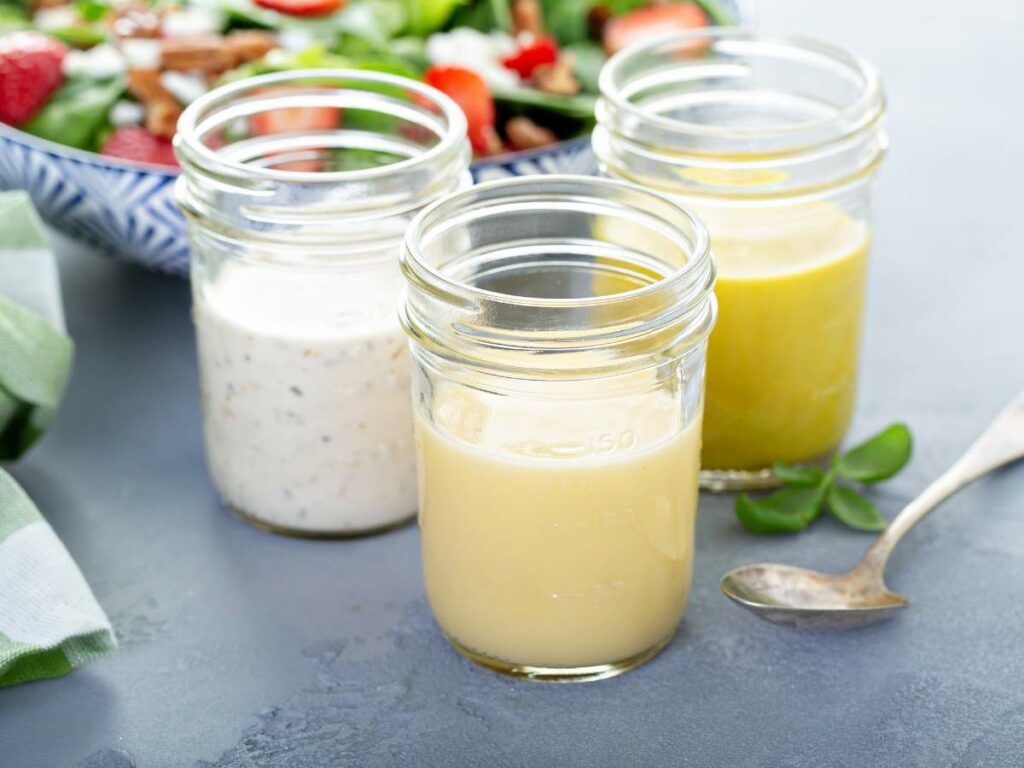
High-histamine foods can cause all sorts of symptoms if you have histamine intolerance or MCAS, even if you stick to unsuspecting foods like salads. The good news is that most salad veggies, proteins, and fruits are low in histamine. However, you also have to think about the additional things you put in your salad bowl.
In this guide, we’ll dig into the ins and outs of low-histamine salad dressings, how to make salad dressing at home, the best low-histamine salad dressings on the market, and more.
Table of Contents (click to view)
What is Histamine Intolerance?
Histamine is an amine that transmits messages between different cells. It has multiple functions in the body, but it’s primarily known for causing anaphylactic and allergic symptoms.
This chemical messenger is vital to our immune function, helping get rid of foreign bodies by triggering an immune response. However, histamine can cause severe and life-threatening symptoms when it accumulates in the body.
Histamine intolerance occurs when your body cannot break down and process histamine properly, causing it to build up. This buildup then leads to an overreaction, which translates to severe allergy-like symptoms, such as:
- Nausea or vomiting
- Headaches
- Diarrhea
- Swelling
- Itching
- Rashes or hives
- Fast or irregular heartbeat
- Abdominal pain
- Dizziness
- Congested or runny nose
- Red, itchy, or watery eyes
- Fatigue
- Bloating
What is a Low Histamine Diet?
While there are no official dietary recommendations for histamine intolerance, healthcare professionals may recommend lowering your histamine intake and avoiding foods that trigger the body to release more histamine. Similar recommendations may apply for people with Mast Cell Activation Syndrome (MCAS), a condition wherein an individual experiences symptoms of anaphylaxis or severe allergic reaction due to defective mast cells.
Common high-histamine foods are those that undergo the process of fermentation, such as aged cheeses, sauerkraut, and alcohol. Your doctor may recommend avoiding or finding alternatives for these products to avoid histamine issues. For one, you can try low-histamine alcohol, specifically low-histamine wine, instead of your regular fare.
Additionally, the Histamine Intolerance Awareness Organization recommends against the following high-histamine foods and histamine releasers:
- Eggplant, tomatoes, spinach
- Most citrus fruits, papayas, pineapples, kiwi, bananas, strawberries
- Legumes
- Wheat germ
- Most vinegars
- Cocoa and chocolate products
- Aged cheeses
- Smoked meats
- Pickled or canned products
- Long-stored nuts
- Seitan
- Shellfish
- Frozen meals
- Products with artificial flavors and artificial colors
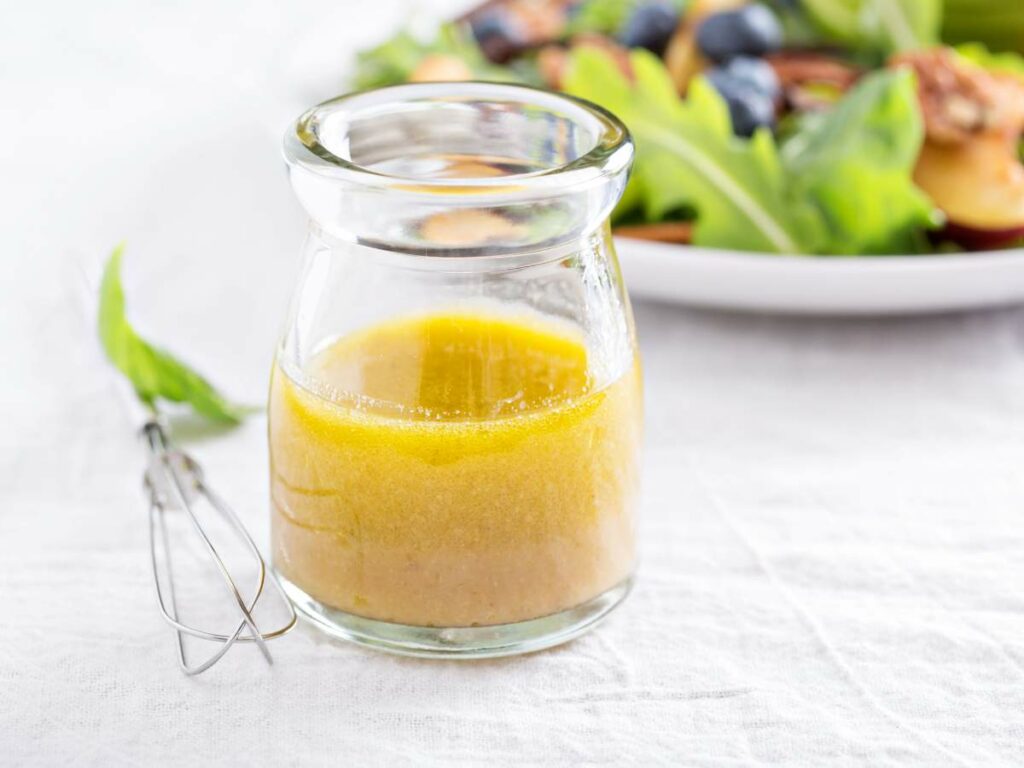
How to Make Low-Histamine Salad Dressing at Home
It can be particularly difficult to find a low-histamine dressing, given that salad dressings typically contain a lot of ingredients. I found that the best way to enjoy a salad with the least amount of histamine possible is to make my own dressing at home.
There are a lot of recipes out there you can try and we all have different tastes, so I can’t recommend just one original recipe. Instead, here are some helpful tips to keep in mind when making homemade low-histamine salad dressing for your favorite salads:
- Use Low-Histamine Vinegars: Most vinegars have high levels of histamine, including balsamic vinegar and red and white vinegars. On the flip side, safer vinegars are apple cider vinegar and distilled white vinegar.
- Check Oils Before Using: Oils generally have low histamine content. According to the SIGHI high and low histamine food list, these include vegetable oils and fats, animal fat, and fish oil.
- Use Herbs Liberally: Good news: dried or fresh herbs are safe for a low-histamine diet. I like to infuse my homemade salad dressings with a lot of herbs to pack in all those natural flavors, especially for Italian dressing.
- Watch the Sour Cream: If you want to make ranch or another creamy dressing, you might want to ease up on the sour cream. The SIGHI list rates sour cream as risky. The same goes for sour cream alternatives, such as yogurt and kefir.
- Avoid Matured Cheeses: Try to stray from recipes that call for matured cheese, including blue cheese, aged Gouda, mold cheese, and ultra-processed cheese. Instead, go for cream cheese, cottage cheese, mascarpone, ricotta, or young Gouda.
- Make Your Own Mayonnaise: Mayo in and of itself is not necessarily high in histamine. However, manufacturing processes can vary, and they can introduce histamine to the final product. I recommend making your own mayo with eggs, oil, and some low-histamine vinegar.
- Choose Fresh Ingredients: “The fresher, the better” is the motto for a low-histamine diet. Shop for fruits, vegetables, herbs, and proteins that are as fresh as possible. If you can, you can make some ingredients from scratch, such as mayo, cheese, and croutons.
Best Low-Histamine Salad Dressings on the Market
The good news is that there are plenty of low-histamine vegetables to choose from, so you won’t have trouble making the perfect salad. The next challenge is to find the best dressing to go with it.
Don’t want to make your own salad dressing? I got you. When I’m too lazy to make a batch or simply want to try something different, I opt for a store-bought salad dressing made with simple, low-histamine ingredients.
These commercial options work great for salads and other low-histamine recipes. Here are some of my favorites:
California Olive Ranch Garlic Apple Cider Vinaigrette Dressing
California Olive Ranch makes some of the best organic salad dressings on the market, including dairy-free options. For a low-histamine diet, I recommend their Garlic Apple Cider Vinaigrette Dressing. The ingredients in this low-histamine ranch dressing are simple, yeast-free and made from organically grown apples.
Primal Kitchen Ranch Dressing & Marinade
Primal Kitchen’s Ranch Dressing and Marinade is a household staple for me. It’s made with histamine-safe ingredients, including avocado oil, cage-free eggs, apple cider vinegar, and organic distilled white vinegar. And even though the ingredients are healthier, they don’t compromise the taste.
Primal Kitchen Cilantro Lime Dressing
Another product I love from Primal Kitchen is their Cilantro Lime Dressing. It’s all organic with white balsamic vinegar as the main character. I love using it for refreshing summer salads because of the unique flavor with the added tang of lime juice.
ORGANICVILLE Organic Non-Dairy Caesar Dressing
Organicville’s Non-Dairy Caesar Dressing is an excellent option for people who want a low-histamine, gluten-free, and vegan salad dressing all in one. The key ingredients are sunflower oil, lemon juice, and distilled white vinegar, all organic of course.
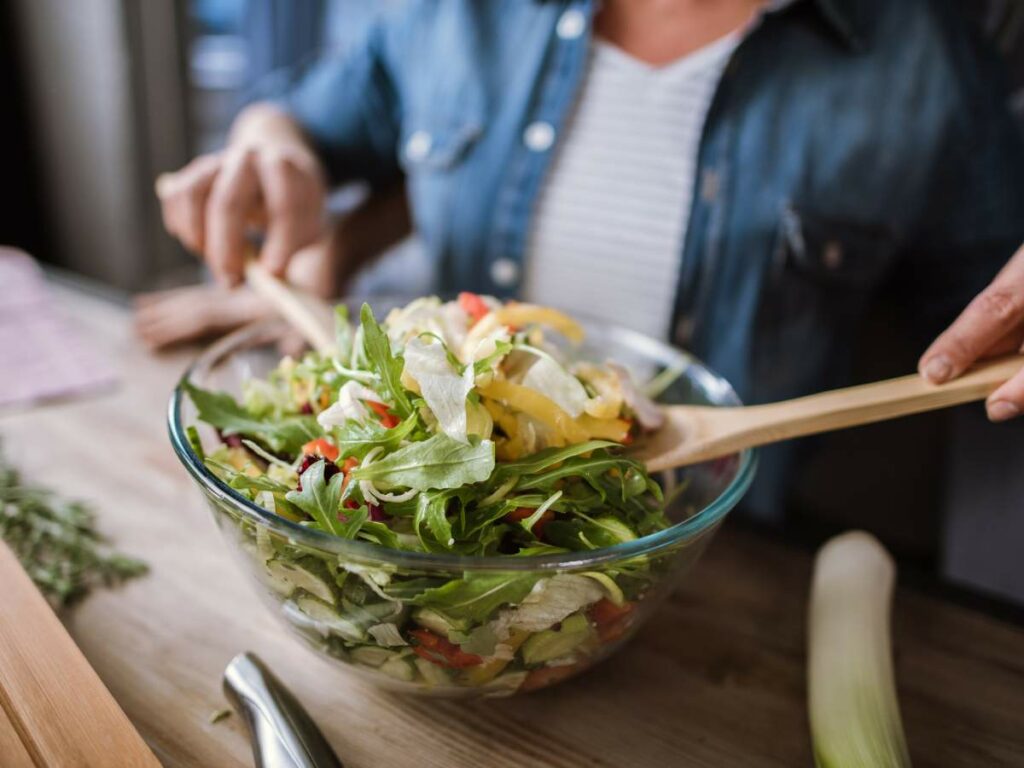
Low-Histamine Salad Ingredients
Now that we have low histamine dressings out of the way, let’s talk about what makes up the bulk of your salad. I’m pleased to tell you that most commonly used salad ingredients contain low levels of histamine. Here are some you should add to your low histamine shopping list:
Proteins
Fresh meat works best, whether you’re on a low-histamine diet or not. That means no smoked or ultra-processed meat like bacon, sausages, or salami. Instead, opt for:
- Chicken
- Turkey
- Eggs and egg whites
- Low-histamine fish, e.g., hake, plaice, trout, and wild salmon
- Beef
Do you like eating a protein-packed meal for breakfast? Check out these low-histamine breakfast recipes that are easy, savory, and rich in protein.
Cheese
Is it really a salad without any cheese? Matured cheeses are a no-go, but you still have a lot of cheese options for low-histamine recipes:
- Mozzarella
- Curd cheese
- Cottage cheese
- Mascarpone
- Goat cream cheese
- Ricotta
- Young Gouda
Personally, I like swapping aged cheese for fresher variants, especially for my favorite cheesy low-histamine dinner recipes like low-carb meat pie and ground beef casserole.
Vegetables
Veggies are the main star of the show and add a ton of health benefits to your salad. Luckily, most vegetables are low in histamine except for spinach, tomatoes, eggplant, avocado, olives, legumes, and anything pickled. My favorites include:
- Lettuce
- Carrots
- Cabbage
- Broccoli
- Bell peppers
- Radishes
- Garden cress or watercress
- Arugula
- Cucumber
- Zucchini
- Brussels sprouts
- Green onions
Fruits and Nuts
Fruits and nuts are a great way to add flavor and a nice crunch to your salads. Most fruits are safe, but it’s best to steer clear of citrus fruits, papayas, pineapple, kiwi, and bananas. The fresher, the better. I like to add:
- Apples
- Peaches
- Apricots
- Mango
- Cherries
- Blueberries
- Blackberries
- Lychee
- Persimmon
- Currants
- Melons
The SIGHI Histamine List warns against most nuts, especially walnuts, cashews, and peanuts. Macadamias and chestnuts are fine, and they also make great low-histamine snacks.
Croutons
Croutons are an easy way to add texture and extra calories to your salad. Generally, croutons made from most breads are okay, but try to avoid ones that are made from sourdough.
Herbs and Spices
Most people like adding extra herbs and spices to complete the flavor profile they want. Salt, culinary herbs, and mild spices are low in histamine. On the other hand, soy sauce and hot spices are not. When in doubt, always check SIGHI’s list of high histamine ingredients and the ingredient list of pre-mixed herbs.
Make Your Salad Even Healthier
With the exception of low-fiber diets, salads are great meal options all around. They’re healthy, easy to make, and relatively cheap if you use the right ingredients. Plus, you can customize them any way you want to fit your taste and lifestyle.
Yup, that includes a low-histamine diet. Most salad ingredients are low in histamine, and it’s easy to avoid the high-histamine options. However, if you want to complete the circle, low-histamine salad dressings are the answer.
If you enjoyed this article, tell me what you think in the comments below. Explore Primal Edge Health for more tips, tricks, and recipes for holistic health!

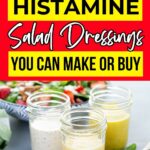
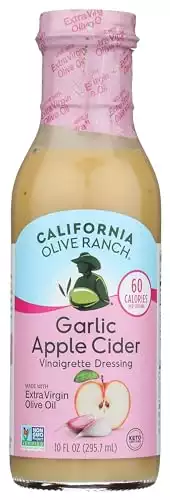
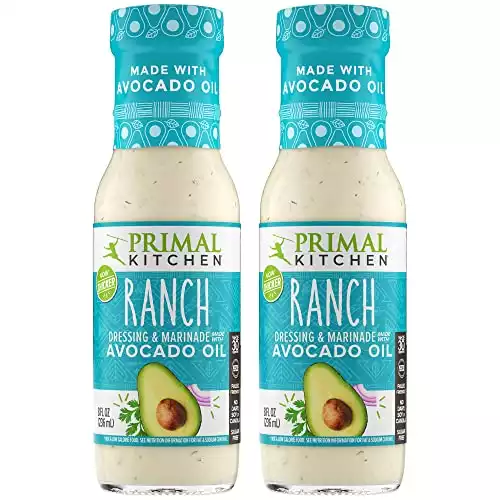
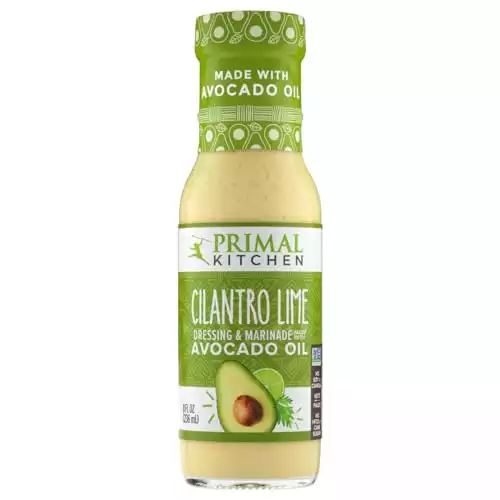
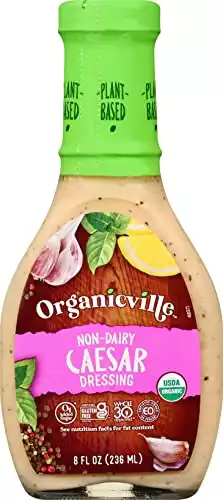
Somehow I’ve reached middle age and only recently heard about histamine intolerance. I’ve been having some issues and now I’m wondering if I have a histamine intolerance because a lot of “healthy” fermented foods seem to cause flare ups. I’m still researching the low histamine diet, gathering recipes and resources so I can try it out soon and see if it helps me.
I hope the low histamine diet will help you. Rooting for you, Billie!